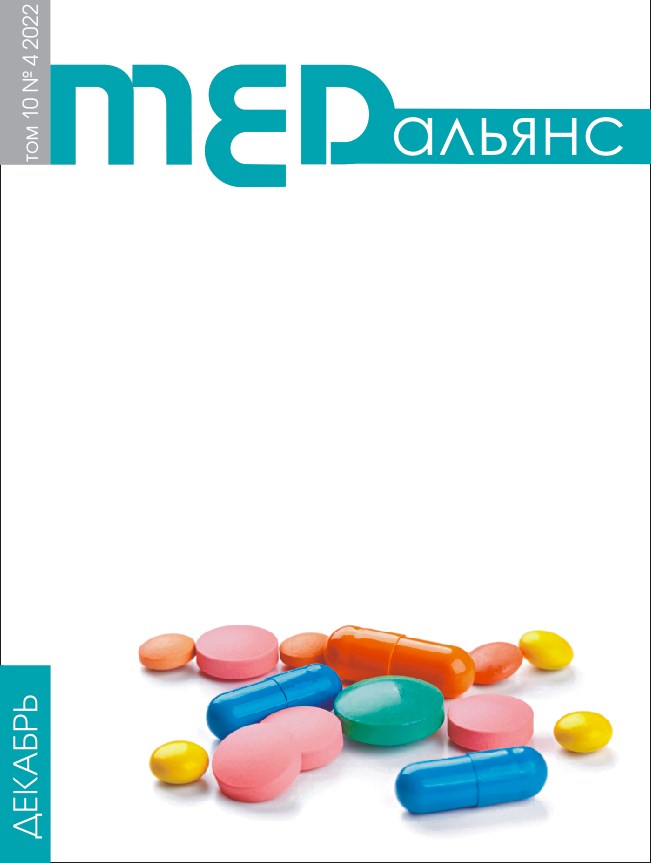Abstract
Introduction. Scarf osteotomy is a common method of treating acquired hallux valgus deformity today. At the same time, as a result of scarf osteotomy, the pathological hallux valgus interphalangeal angle (HVIPA) is not eliminated. In order to correct the latter, it is possible to perform an osteotomy of the base of the main phalanx of the 1st finger (Akin osteotomy). There is a limited amount of objective data comparing the radiological and functional results of treatment of patients with mild and moderate HV deformity who underwent solely either scarf osteotomy or scarf osteotomy in combination with additional Akin osteotomy. The aim of the study was to compare the clinical and radiological results of isolated scarf osteotomy and a double scarf and Akin osteotomy in patients with mild and moderate HV forefoot deformity. Materials and methods. The study included 187 patients (187 feet) with HV anterior deformity of mild and moderate severity, who were divided into 2 groups. The first group, where Akin surgery was performed in addition to scarf osteotomy, consisted of 86 patients (86 feet). 101 patients (101 feet) were included in the second group, where only scarf osteotomy was performed. According to all indicators, the patients of the groups were comparable and had no significant differences. The exception was the hallux valgus interphalangeal angle (HVIPA), which was significantly
larger in the first group A, since the threshold value for performing an additional Akin osteotomy was the HVIPA
value of 9° or more. All patients underwent clinical examination, X-ray control and questionnaires of AOFAS, VAS and MOXFQ scales before surgery, as well as on the 12th and 24th months after surgery. An objective assessment of the quality of hallux valgus deformation elimination was carried out according to three angular indicators: hallux valgus interphalangeal angle (interphalageal angle — HVIPA), hallux valgus angle (hallux valgus angle — HVA), the first interplatarsal angle (1–2 intermaetatarsal angle — 1–2 IMA). Results. There was no statistically significant difference in anatomical and functional results of treatment of patients of the studied groups. In addition, there were no significant changes in the studied indicators at 12 and 24 months after surgery, both within each group and in comparison of the groups with each other. Conclusion. To achieve good results when correcting the hallux valgus of the first toe, the anatomy of the phalanges of the first toe should be taken into account. Literature data, as well as the results of our studies indicate
that correction of valgus deformity of the interphalangeal
joint with an HVIPA of 9° or more is recommended to prevent loss of correction after osteotomy of the first metatarsal. Despite the increase in the traumatic nature of
the intervention, Akin osteotomy performed in addition
to scarf osteotomy according to appropriate indications
does not require correction of the postoperative rehabilitation program, does not adversely affect the anatomical and functional outcome of treatment, does not lead to an increase in the proportion of complications.

